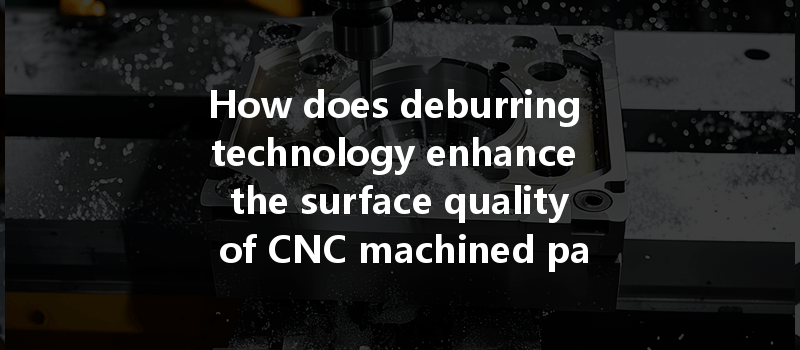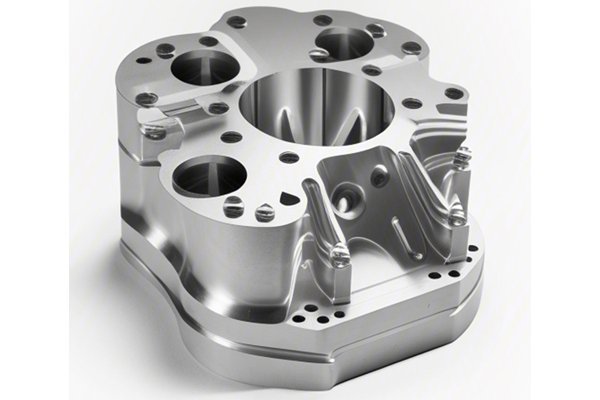—
Did you know that approximately 70% of all industrial component failures can be attributed to surface imperfections? This staggering statistic emphasizes the critical role of surface quality in CNC machining—a process widely used for manufacturing high-precision parts. Deburring technology has emerged as a pivotal solution to enhance the surface quality of CNC-machined components, ensuring they not only meet aesthetic standards but also adhere to functional requirements necessary for optimal performance in various applications.
—
Deburring refers to the process of removing sharp edges, burrs, and other surface imperfections from machined parts. These imperfections can arise during manufacturing processes due to cutting, shaping, or machining operations, leaving edges that can potentially affect the part’s performance and longevity. Deburring is essential for various reasons:
—
Several deburring methods can be utilized in CNC-milled parts, each offering unique benefits. Understanding these techniques helps manufacturers choose the right approach for their specific needs.
This traditional method involves physically removing unwanted material using tools such as brushes, files, or abrasive belts.
This method uses high temperatures to melt and vaporize burrs from the surface of the part.
Cryogenic methods involve cooling parts with liquid nitrogen to embrittle the burrs before removal.
This involves immersing parts in a chemical solution that selectively dissolves burrs without affecting the parent material.

In this process, parts are placed in an electrolytic bath, where electrical current selectively removes burrs.
Ultrasonic waves are employed to create cavitation bubbles in a liquid medium, which aids in removing burrs.
—
To truly enhance surface quality through deburring, manufacturers must consider several factors that affect the process. Here’s how to optimize the deburring process for improved surface performance:
Choosing the appropriate deburring technology depends on multiple factors including:
Conducting trials with different methods can help specify the optimal technique suited for each application.
Incorporating automation in deburring processes can improve consistency while reducing manual labor. Robotic systems can perform tasks uniformly at high speed, ensuring parts are finished efficiently with fewer errors.
Implementing a robust quality control system ensures that deburring processes maintain the desired surface quality. Regular inspections and monitoring can identify inconsistencies early, minimizing waste and costs associated with inferior parts.
While automation can reduce human error, skilled technicians are still crucial for overseeing complex operations. Training offers operators insights into best practices, enhancing the effectiveness of deburring methods.
—
As we explore the multifaceted world of CNC machining, it becomes clear that deburring technology is a crucial component that significantly enhances part quality. Whether through mechanical, thermal, or chemical means, effectively addressing burrs and surface imperfections allows manufacturers to produce components that meet safety, reliability, and aesthetic criteria.
With continuous advancements in deburring technology and techniques, the manufacturing industry stands to benefit immensely, ensuring higher precision and improved functionality in CNC-machined parts. Understanding and applying these deburring methods are vital for manufacturers looking to maintain competitive advantages and achieve superior quality outcomes.
In light of this important topic, we encourage you to consider the role of deburring technology in your production processes. Investing in the right methods can lead to better product performance, satisfied customers, and ultimately, a stronger market position. The surface quality of machined parts is not just a cosmetic issue—it’s fundamental to the integrity and performance of your production. Therefore, let’s continue the conversation about innovation in CNC machining and its significance in today’s advanced manufacturing landscape.






